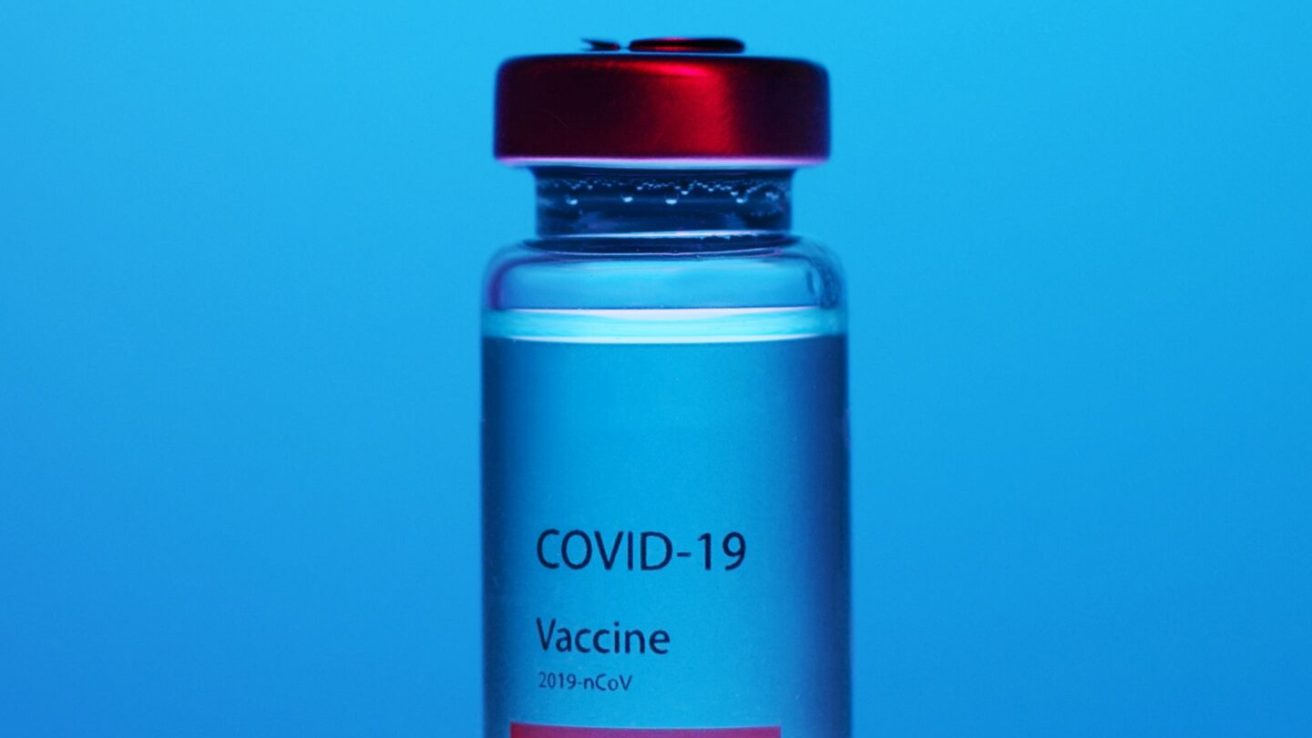Higher rates of vaccination seen in older patients; lower rates seen for metastatic solid tumors, with comorbidities
For patients with cancer, age, cancer type, and comorbidity are associated with differential COVID-19 vaccine uptake rates, according to a study published online March 15 in Cancer.
Dax Kurbegov, M.D., from the Sarah Cannon Research Institute in Nashville, Tennessee, and colleagues examined the time to vaccine uptake from Jan. 1, 2021, and factors associated with vaccine receipt among patients with cancer who had severe acute respiratory coronavirus 2 infection in 2020. Data were included for 1,155 patients from 56 practices.
The researchers found that 92 percent of the 690 patients who received the first vaccine dose also received the second dose. The median time to vaccine uptake was 99 days. In January through March 2021, older patients had a higher likelihood of vaccination compared with those younger than 50 years after adjustment; age exhibited a linear effect, with higher rates of vaccination among older patients. Vaccination rates were lower for those with metastatic solid tumors or non-B-cell hematologic malignancies compared with nonmetastatic solid tumors (hazard ratios, 0.85 and 0.71, respectively) and for those with any comorbidity versus those with no comorbidity (hazard ratio, 0.83). Vaccination rates were lower in association with area-level social determinants of health (lower education attainment and higher unemployment rates).
“The results of this study underscore the critical need for targeted efforts to increase COVID-19 vaccine uptake among cancer patients who fall into these lower vaccination rate categories and are at an increased risk for infection and severe outcomes due to their cancer diagnosis and treatment,” a coauthor said in a statement.
One author disclosed financial ties to AstraZeneca, Genentech, Roche, and Seattle Genetics.










